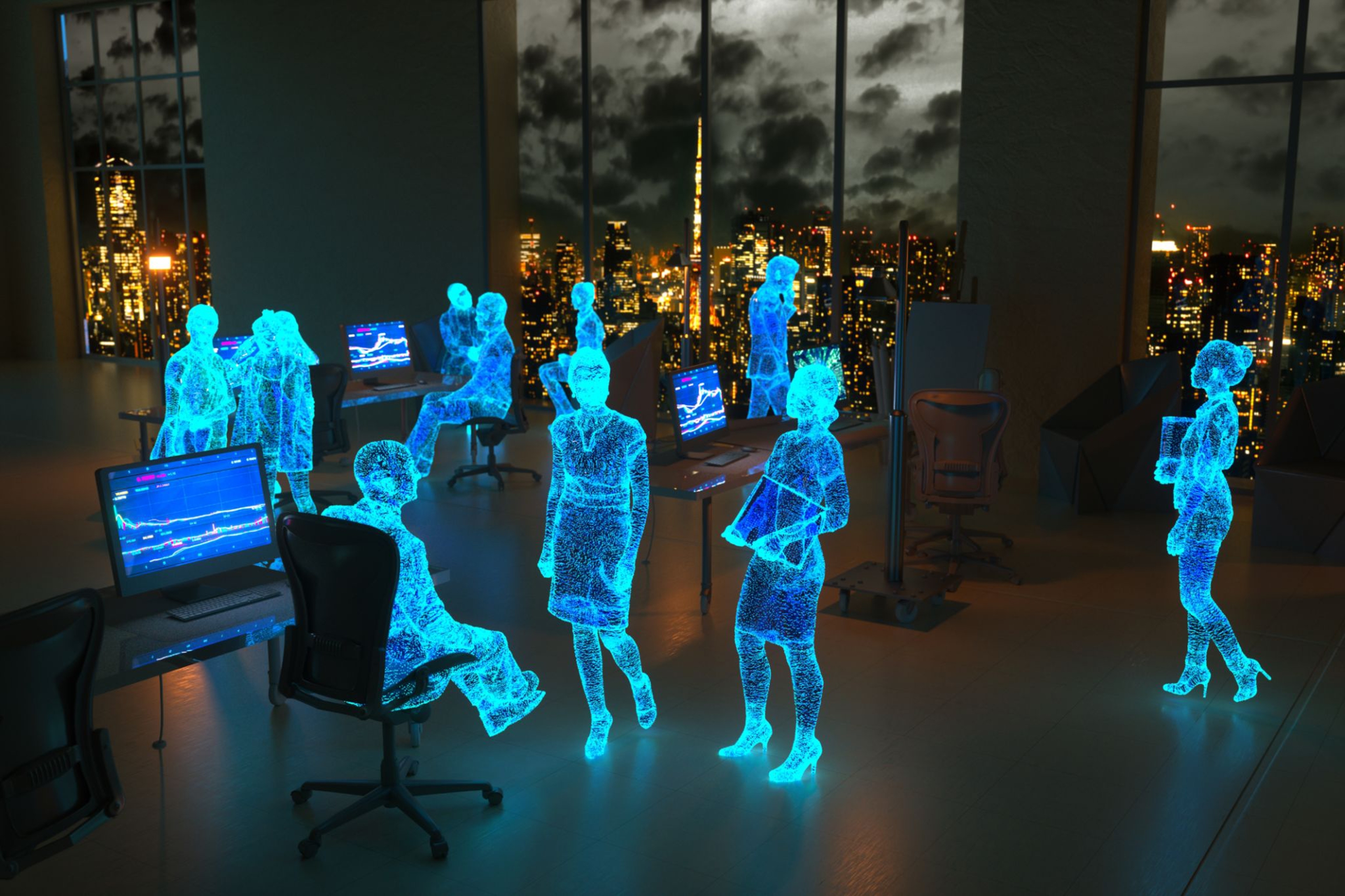Enter the Metaverse: How tech will facilitate the workspace of the future
Published by Wilco Wijnbergen on Nov 10, 2022

Over the past decade, employees and employers have united to challenge the traditional expectations and demands of a workspace. For decades, the Monday-to-Friday, 9-to-5 office routine was the only option available to desk workers, however, the strength of this approach has been largely discredited, reflecting a rapidly changing professional zeitgeist. In a bold assertion of independence, evermore we now wish to work around our lives, rather than live around our work.
Such trends were in place prior to the pandemic yet have undoubtedly been accelerated by it. This is far from new; events and societal pressures have always found ways to challenge the way we work, and we have a strong history of demanding our workspace conditions move with the times. Technology has always played a fundamental role in supporting these transitions.
The lockdowns of the pandemic awoke a widespread realisation that employees can work from home. Since then, individuals and organisations alike are increasingly looking to extend their reach, seeking flexibility to accommodate this. Meanwhile, amid rising global competition, businesses are expanding their operations, including the hiring of remote workers and entering global partnerships.
Events and societal pressures have thus once again dictated a change in working conditions; this time manifesting a demand for flexible and hybrid working. Amid this demand, the race for connectivity is on, meaning that technology will once again have to bridge the distance. Applications such as Zoom, Teams and Google Meet have begun this, allowing us to effectively communicate while apart. Yet, they remain a poor comparison to the human experience. They cannot create a unique interpersonal connection that leads employers to take a chance on someone, businesses to form new partnerships, and employees to fully collaborate and strategize.
Technology will have to go further. And it will.
The Metaverse is set to transform hybrid working. Hologram-like interactions and virtual reality will make physical distance null and void. We enter a future where it will be difficult to tell if the colleague sitting next to you is physically there or a digital/virtual imitation. It will enable us to foster deeper connections in the hybrid model.
But in order to reach this bright future, workspaces will need to change their facilities massively. The offices of tomorrow will need to be equipped with both wooden and Meta desks; have both traditional and Meta meetings; as well as WiFi speeds unparalleled to what is available at present. These ambitious goals may seem far away, but technology is moving quickly and the motivation to see the full integration of remote and in-person workers is widely shared.
Hybrid working has officially entered the mainstream of working patterns. Businesses and employees have largely embraced this, increasing their reach, in terms of both staff proximity and operations. This means that our ability to communicate and, more importantly, communicate authentically must improve.
The Metaverse’s digitalisation of reality in the workspace will allow us to transcend distances and foster more developed relationships with our colleagues and partners far away. Such technology must be motivated to support the professional community through connectivity, ensuring that those furthest apart have never felt closer. Workspace providers must accelerate this transition, developing, supplying and equipping workspaces with the technology and infrastructure to facilitate modern working needs.
Keen to launch a trailblazing flexible workspace of the future? Get in touch today!
